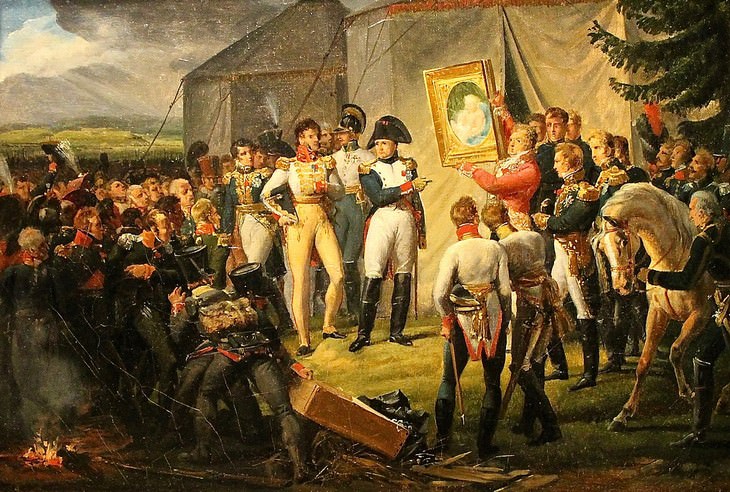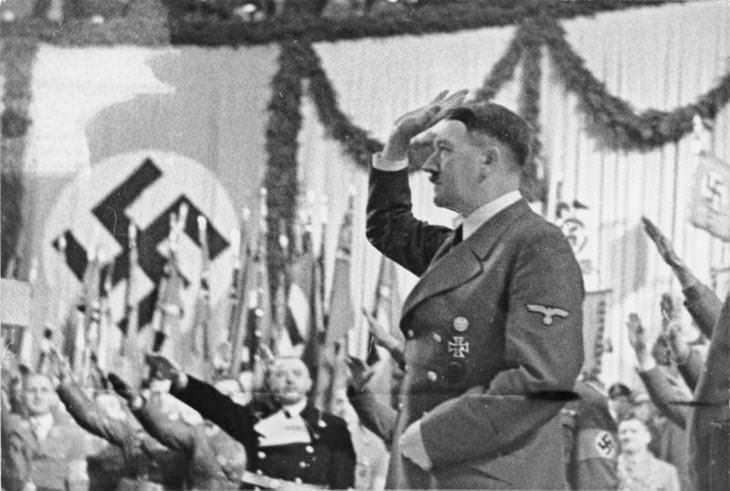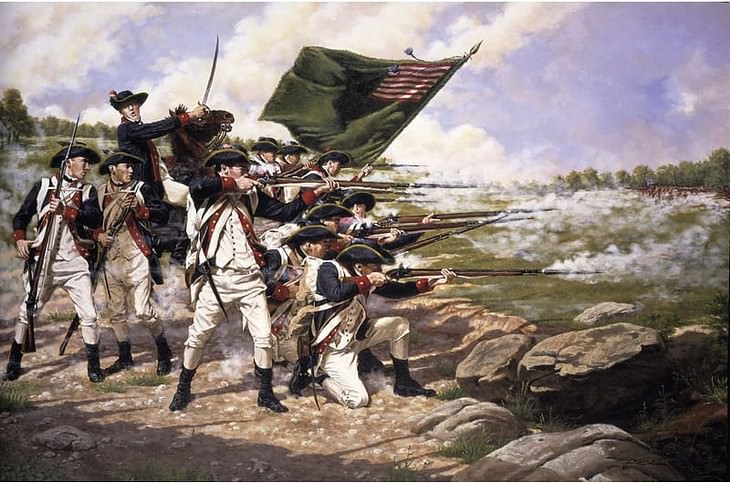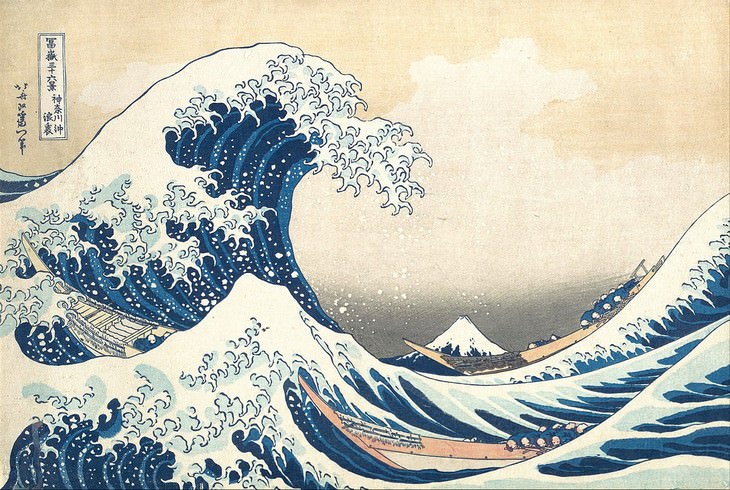

The tragic fate of the city of Nagasaki could have been avoided had it not been for a few clouds. When American bomber Bockscar took off from Tinian island on August 9, 1945, its target was not Nagasaki at all. The notorious atomic bomb was originally intended for the Japanese city of Kokura, which was home to one of the largest arsenals in Japan.
However, when the bomber approached the city, its target was obscured by dense clouds. Pilot Charles W. Sweeney circled the area a few times, before deciding to move on the mission’s secondary target Nagasaki. And so the clouds that spared one city doomed the other. At 10:58 a.m. local time, Bockscar dropped its nuclear bomb, killing an estimated 35,000 and obliterating 44% of the city.
Related: Eyewitness Accounts of WWII from Allies and the Axis

Russians owe a lot to the extremely bitter winters in their country. With the exceptions of the Mongols at the beginning of the 13th century, no force was able to conquer Russia thanks to these harsh weather conditions. Of course, this fact did not deter Napoleon Bonaparte, who was known to be a bit cocky, nor did his fellow officers who advised against it.
In 1812, 600,000 men and about 200,000 horses invaded Russia. Only about 100,000 soldiers returned to France. Many horses died of the cold and without them, the army was unable to transport weapons and supplies. Starvation and disease soon set in, and when Napoleon realized defeat was inevitable, he abandoned the army and returned home on a sleigh to prevent a coup.
Related: Napoleon and the Rabbit Hunt

While the rest of the country struggled with the Great Depression that hit in 1929, the farmers of the Southern Plains continued to grow crops and bring in money. Their luck ran out in 1931. As a result of a severe drought that hit the region in 1930, crops began to fail and left the farmland bare. Eroding soil led to massive dust storms and economic devastation that lasted a decade. The once prosperous farmers became the nation’s most imperiled.
The course of the Southern Plains was altered forever. Many families packed up and moved west. Regular rainfall returned to the area in 1939 bringing the dust bowl years to an end, but population decline in the worst-hit counties continued well into the 1950s.

Another leader who did not take the Russian winters seriously enough and refused to learn the lesson from Napoleon’s failure was Adolf Hitler. On June 22, 1941, he led his troops there. He was confident the campaign, dubbed Operation Barbarossa, would be swift and the whole conquering business would be done by October. In fact, Hitler and his army were so presumptuous they left their winter gear at home.
As many of you may know, the German army was all but wiped out by the bitter cold and constant attacks of the Soviets. “The ghastly cold of that winter had the strangest consequences. Thousands and thousands of soldiers had lost their limbs; thousands and thousands had their ears, their noses, their fingers…” wrote the Italian journalist Curzio Malaparte. Operation Barbarossa was the beginning of the end for the Third Reich.

Between the 15th and 18th centuries, Europe and North America experienced a period of cooling which came to be known as ‘The Little Ice Age’. Unfortunately, during those years it was also common for any out of the ordinary occurring to be blamed on women and girls by accusations of witchcraft.
The coolest part of this cold spell coincided with a 75-year period beginning in 1645. Young girls accused of controlling the weather provided the perfect scapegoat for failed crops. Some diaries and sermons dating back to the Salem witch hunts offer evidence that the weather was the main cause for the prosecutions.

Although the Battle of Long Island was a British victory in the Revolutionary War, it could have been much more disastrous had Mother Nature not been on the side of commander-in-chief George Washington and his men. After a week of fighting, the British forces in Long Island decided it was time to cross the East River from Brooklyn to Manhattan and withdraw.
The troops began the ferrying process at night, but by morning a big part of the Continental Army was still on the wrong side of the river. Had the British seen them they would have been captured or killed. However, it was a very foggy morning. The fog was so thick it concealed the ferrying troops, and by the time it was lifted the whole army had reached safety. Washington himself was one of the last to retreat. If it wasn’t for that mist, General Washington could have been captured, and the war could have taken a very different turn.
Related: The Unlikely Chance Encounters That Shaped the World

During the 13th century, Kublai Khan, the grandson of Genghis Khan, took the throne of the Mongol Empire, defeated southern China, and united the country under the newly formed Yuan Dynasty. He then set his sights on the islands of Japan.
After a few failed attempts to persuade the Japanese Emperor to surrender, the Mongol Army decided to attack. The Japanese style of combat was utterly unsuited for the massive Mongol army and its 900 ships. Luckily for the Samurai who were meant to fight, a powerful typhoon struck the coast and destroyed the attackers’ fleet and most of the army. Kublai Khan did not give up. Seven years later, he brought together an even larger force to take the islands once and for all. Mother Nature intervened again, wrecking all but a few hundred ships in a furious storm. As the story goes, the emperor ‘summoned’ the kamikaze - or divine - winds to save Japan.
Share this article with someone who loves history!